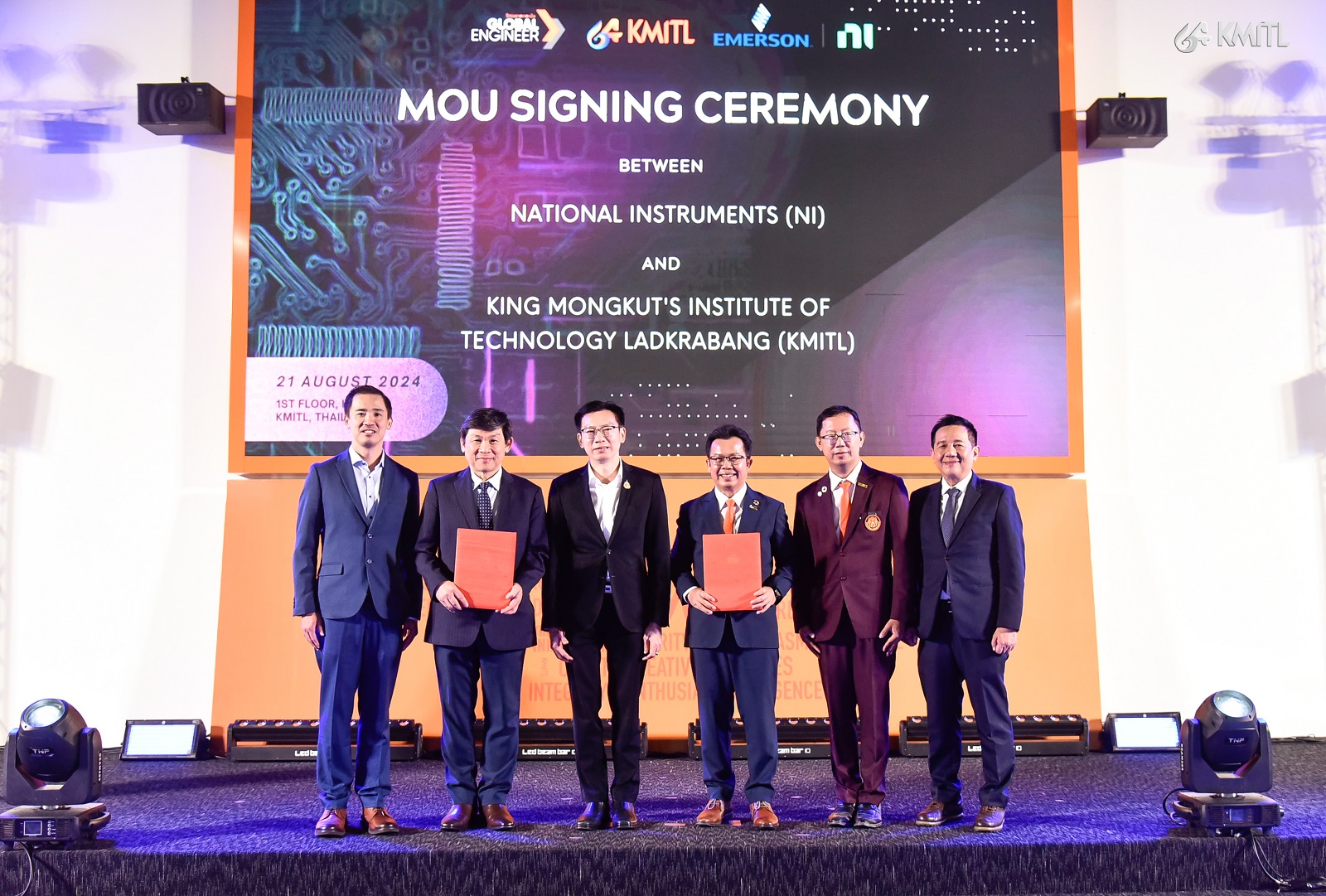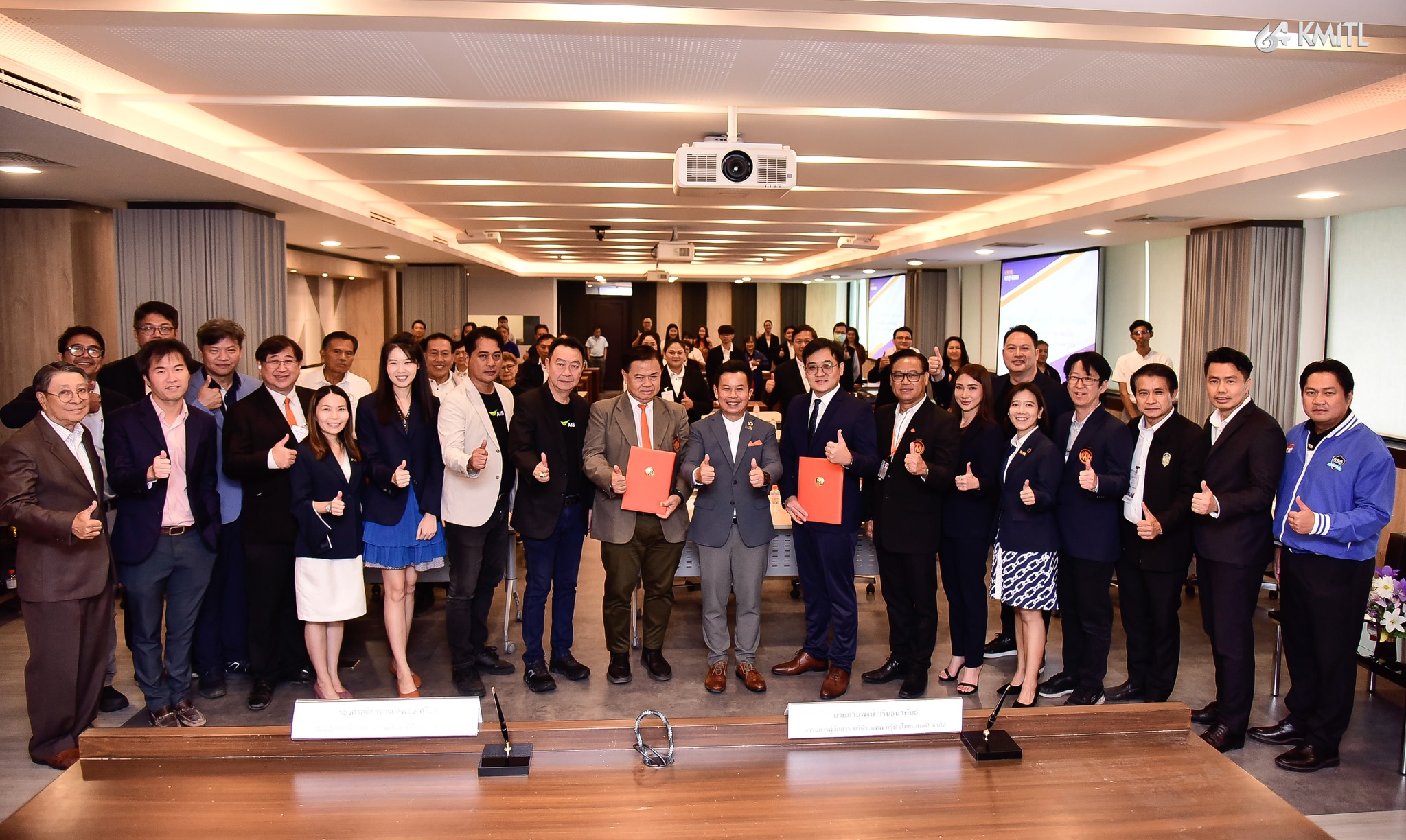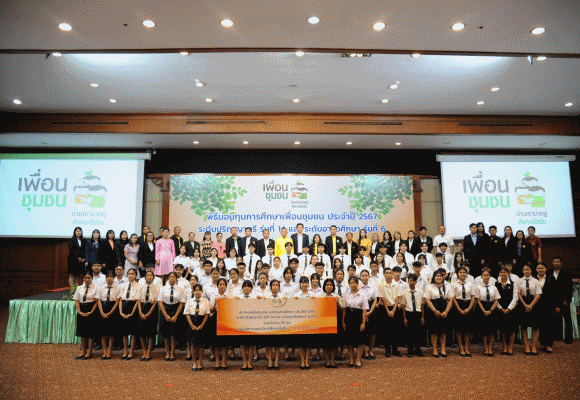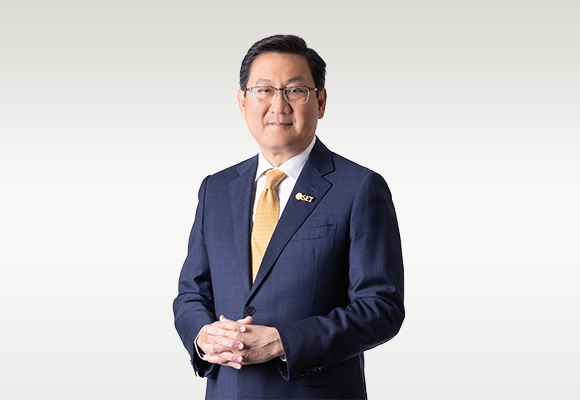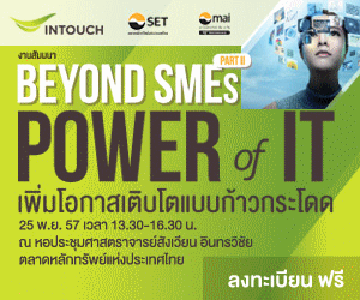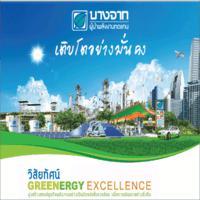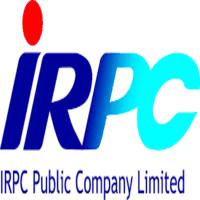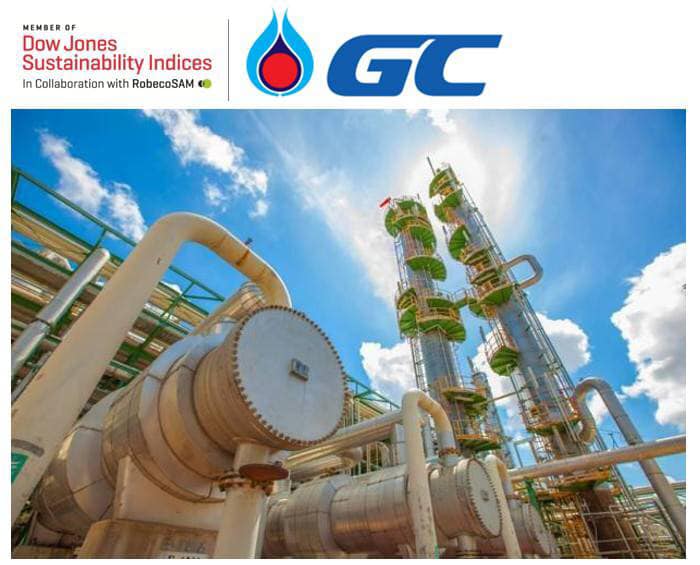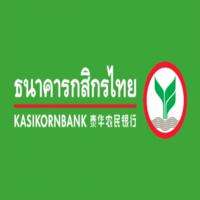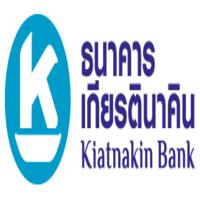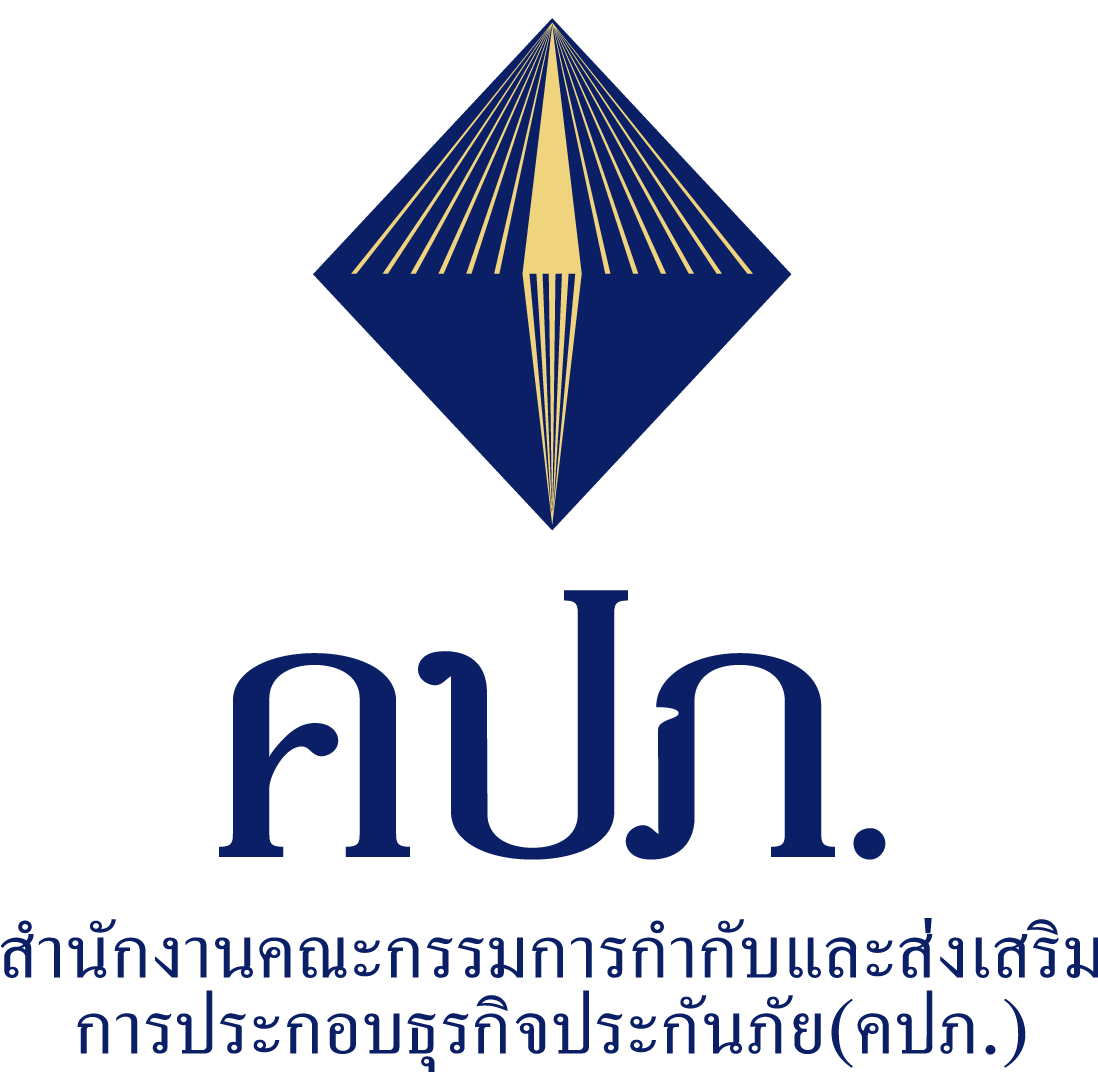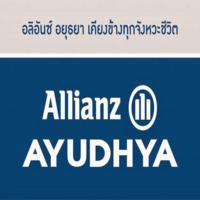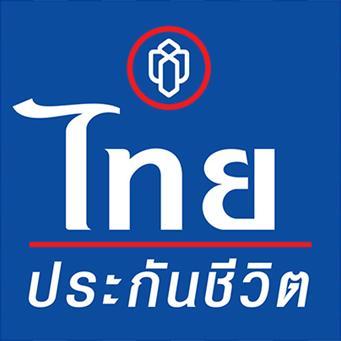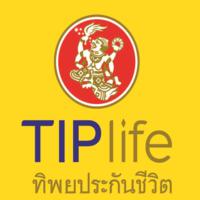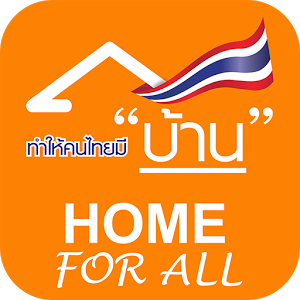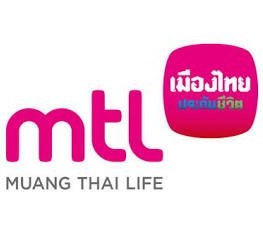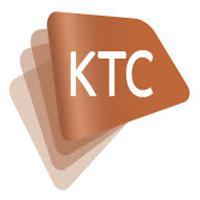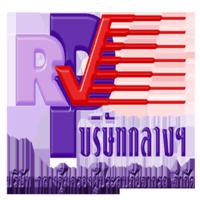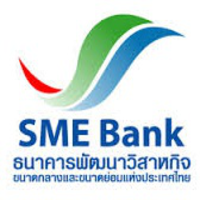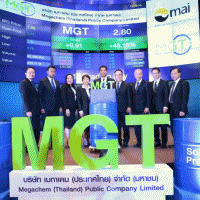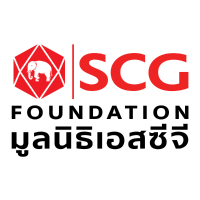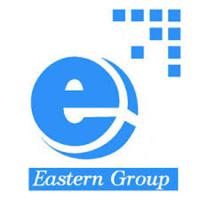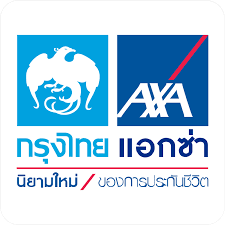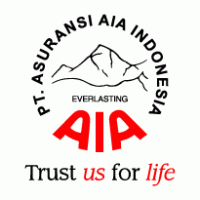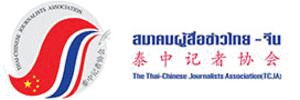- Details
- Category: บริหาร-จัดการ
- Published: Monday, 17 November 2014 22:55
- Hits: 5342
ทำงานอย่างไรให้เกิดประสิทธิภาพในปี 2573: ความสามารถในการทำงานที่ใดก็ได้ เป็นมากกว่าแค่ตัวแปรที่จะมาเปลี่ยนรูปแบบของการจัดการบริหารในองค์กร
ด้วยอุปกรณ์เคลื่อนที่ที่มีมากกว่า เจ็ดพันล้านเครื่องทั่วโลกในปัจจุบัน ซึ่งมีแนวโน้มที่จะเพิ่มขึ้นอีกกว่าสามสิบเท่าตัวภายในปี 2563 แสดงถึงเทคโนโลยีที่มีการพัฒนาไปข้างหน้าแบบก้าวกระโดดอย่างที่ไม่เคยเป็นมาก่อน The Internet of Things IoT นั้นได้นำอุปกรณ์และเทคโนโลยีมาทำงานด้วยกัน และวิวัฒนาการของอุปกรณ์ wearables ต่างๆ เป็นเพียงจุดเริ่มต้น ไม่ใช่แค่เทคโนโลยีเท่านั้นที่มีการเปลี่ยนแปลงอยู่ตลอดเวลา แต่คนเราก็ยังได้หลอมรวมเทคโนโลยีไว้ให้เป็นส่วนหนึ่งในชีวิตประจำวันของเรา และยังมีการพัฒนาไปข้างหน้าอย่างต่อเนื่อง
มาร์ค มิคาลเลฟ รองประธานประจำภูมิภาคอาเซียนของซิทริกซ์ กล่าว ได้สนทนาถึงวิวัฒนาการของการทำงานในภูมิภาคเอเชียที่เกิดขึ้นในช่วงไม่กี่ปีที่ผ่านมา และพูดถึงการทำงานอย่างไรให้เกิดประสิทธิภาพในปี 2573 ว่า
ผสมผสานวัฒนธรรมนานาชาติเข้าด้วยกันในที่ทำงาน
คนทำงานในปัจจุบันมีความรู้ความสามารถและความเข้าใจในเทคโนโลยีมากขึ้น การใช้โทรศัพท์มือถือทั่วโลกที่คาดว่าจะเพิ่มขึ้นถึงร้อยละ 69.4 ในปี 2560 จากร้อยละ 61.1 ในปี 2556 เข้ามามีอิทธิพลต่อความคาดหวังของพนักงานในวิธีการทำงานเป็นอย่างมาก ความสะดวกสบายและประโยชน์ต่างๆจากการนำเทคโนโลยีมาประยุกค์ใช้นั้นสามารถทำให้การทำงานมีความยืดหยุ่นมากยิ่งขึ้น ซึ่งการทำงานจะไม่ถูกจำกัดอยู่ในมาตราการแบบเดิมๆ ไม่ว่าจะเป็นวันเวลาทำงาน หรือแม้แต่สถานที่ทำงาน แต่ละคนจะมีเทคโนโลยีทีคอยอำนวยความสะดวก ทำให้สามารถทำงานเมื่อใดและที่ใดก็ได้ตามที่พวกเขาต้องการ
ในขณะนี้หลายบริษัทมีการทำงานร่วมกับคู่ค้า ลูกค้า และหน่วยงานต่างๆในขอบเขตทางภูมิศาสตร์และโซนเวลาที่แตกต่างกัน ดังนั้น องค์กรจึงจำเป็นต้องมีทั้งความยืดหยุ่นและความสามารถในการตอบสนองต่อการเปลี่ยนแปลงของสภาพแวดล้อมทางธุรกิจและโอกาสต่างๆที่เกิดขึ้นได้อย่างรวดเร็ว เมื่อมีการติดต่อธุรกิจกับต่างประเทศต่างวัฒนธรรมตลอดเวลา
ตัวอย่างเครื่องมือที่สามารถช่วยให้องค์กรประสบความสำเร็จในการตอบสนองต่อสถานการณ์เหล่านั้น เช่น เครื่องมือการประชุมผ่านวิดีโอแบบบูรณาการ ที่ช่วยให้ผู้คนสามารถติดต่อซึ่งกันและกัน ช่องทางนี้สามารถเสริมสร้างความสัมพันธ์ระหว่างบุคคลให้มีความเข้มแข็งมากขึ้น โดยเฉพาะอย่างยิ่งในความสัมพันธ์ต่างวัฒนธรรม ซึ่งทำให้โลกมีการเชื่อมต่อกันอย่างสมบูรณ์แบบ
ในอนาคตอันใกล้นี้ Augmented Reality มีความคาดหวังว่าจะนำไปสู่รูปแบบของการสื่อสารและเชื่อมต่อ ที่สามารถข้ามโซนเวลาและอาณาเขตตามความต้องการของผู้ใช้ ไม่ว่าจะอยู่ที่ใดก็ตาม
ส่งเสริมประสิทธิผลในการทำงานอย่างที่ไม่เคยเกิดขึ้นมาก่อน
ความก้าวหน้าทางเทคโนโลยียังมีบทบาทสำคัญในการช่วยให้มืออาชีพเพิ่มขีดความสามารถในการทำงานได้อย่างมีประสิทธิผลมากขึ้น อาทิเช่น ในอุตสาหกรรมการดูแลสุขภาพ นอกเหนือจากการเก็บเวชระเบียนแบบอิเล็กทรอนิกส์ที่มีประสิทธิภาพและถูกต้องแม่นยำมากขึ้นแล้ว โซลูชันแบบเสมือนได้เข้ามาช่วยบุคลากรทางการแพทย์ที่มีลักษณะการทำงานที่ต้องมีการเคลื่อนย้ายสถานที่ทำงานอยู่ตลอดเวลา ให้มีความพร้อมที่จะเข้าถึงข้อมูลทางคลินิกที่สำคัญในการดูแลผู้ป่วยแบบเรียลไทม์บนอุปกรณ์ใดๆก็ได้ ซึ่งในท้ายสุดแล้วเทคโนโลยีนี้จะช่วยส่งเสริมความสามารถในการตัดสินใจของผู้เชี่ยวชาญด้านสุขภาพ และด้านเวลาในการตอบสนองต่อความต้องการของผู้ป่วยได้เร็วขึ้น
พื้นที่การทำงานเคลื่อนที่เป็นเรื่องที่มีความเกี่ยวข้องกับการแปลงของแต่ละขั้นตอนการทำงาน รวมถึงการแลกเปลี่ยนข้อมูลต่างๆ ซึ่งเมื่อมีความเข้าใจขั้นพื้นฐานของสองปัจจัยนี้แล้ว เราจะสามารถมองไกลไปถึงระบบไอทีที่สามารถใช้งานได้ง่ายขึ้น และโต้ตอบได้ดียิ่งขึ้น ยกตัวอย่างเช่น โรงพยาบาลแห่งอนาคตอันใกล้นี้ เวชระเบียนอิเล็กทรอนิกส์อาจสามารถคาดการณ์ในสิ่งที่ผู้เชี่ยวชาญด้านการดูแลสุขภาพจำเป็นต้องทำ หรือช่วยให้พวกเขามีความสามารถในการตอบสนองต่อสถานการณ์ที่เปลี่ยนแปลงทางการแพทย์ตลอดเวลา โดยยังอยู่ภายใต้ความเป็นเหตุและผล การตรวจตราและการวิเคราะห์ระบบอิเล็กทรอนิกส์ดังกล่าว จะทำให้เกิดการทำงานของระบบสัญญาณเตือนที่สามารถช่วยธุรกิจต่างๆ ในการเตรียมพร้อมและตอบสนองต่อความต้องการต่างๆได้ดียิ่งขึ้น
เตรียมพร้อมสำหรับประชากรสูงอายุ
ภูมิภาคเอเชียประกอบไปด้วยประเทศที่พัฒนาแล้วและกำลังพัฒนา ซึ่งแต่ละประเทศนั้นมีความหลากหลายทางด้านระดับการเติบโตทางเศรษฐกิจ และคุณค่าทางวัฒนธรรม อย่างไรก็ตาม ประเทศในภูมิภาคนี้ยังมีสิ่งหนึ่งที่คล้ายคลึงกัน คือ การเพิ่มขึ้นของประชากรผู้สูงวัย อาทิ อัตราส่วนระหว่างประชากรวัยทำงาน และประชากรสูงวัยในประเทศสิงคโปร์ ที่คาดว่าจะลดลงอย่างมาก จาก 8 ต่อ 1 คน เหลือแค่ 3.5 ต่อ 1 คน ในปี 2573 อีกหนึ่งตัวอย่างที่คล้ายคลึงกัน คือ ประเทศอินโดนีเซีย ซึ่งมีประชากรสูงวัยที่มีแนวโน้มจะเติบโตขึนถึง 3 เท่า ภายในปี 2593 นับตั้งแต่ปี 2543 ประชากรศาสตร์ดังกล่าวมีผลกระทบต่อการเติบโตทางเศรษฐกิจอย่างหลีกเลี่ยงไม่ได้
นอกจากความพยายามจากรัฐบาลที่ตั้งใจจะทำให้สถานที่ทำงานเป็นมิตรกับครอบครัวมากขึ้น และมีประสิทธิภาพมากขึ้นด้วยแล้ว เทคโนโลยีก็ยังเป็นอีกหนึ่งปัจจัยที่อาจช่วยประเทศต่างๆ ในแก้ปัญหาการเปลี่ยนแปลงดังกล่าว โดยการนำเทคโนโลยีมาช่วยในการเตรียมการทำงานที่ยืดหยุ่น เช่น การสื่อสารโทรคมนาคมหรือพื้นที่ทำงานเคลื่อนที่ต่างๆ ที่สะดวกขึ้น จะช่วยให้บริษัทสามารถดึงดูดและรักษาพนักงานไว้ได้
ในภูมิภาคที่ประเทศส่วนใหญ่นั้นให้ความสำคัญกับครอบครัวมากกว่าสถาบันอื่นๆนั้น เทคโนโลยีจะเป็นแรงผลักดันให้มีการเตรียมการทำงานที่ยืดหยุ่นขึ้น เพื่อเอื้อให้พนักงานสามารถมีเวลาให้กับครอบครัวและดูแลผู้สูงวัยได้มากขึ้น โซลูชัน เช่น ระบบเครือข่ายคลาวด์ (cloud networking), เดสก์ทอปและแอพพลิเคชันเสมือนจริง (desktop and application virtualization) สามารถช่วยให้ความต้องการนั้นเป็นจริงได้ ภายในอนาคตอันใกล้นี้โซลูชันเหล่านี้อาจเป็นคำตอบสำหรับการแก้ปัญหาดังกล่าวที่มีมากขึ้นทุกๆปีเมื่อประชากรสูงวัยมีมากขึ้น
มูลค่าของเทคโนโลยีนั้นไม่สามารถประเมินได้ หากแต่ว่าจะมีการประเมินในด้านที่ให้ประโยชน์ต่อมนุษย์ ความก้าวหน้าและนวัตกรรมเทคโนโลยีจะขับเคลื่อนอนาคตของการทำงานไปสู่ภูมิปัญญาทางเทคโนโลยี ที่ไร้ ขอบเขตทางด้านกายภาพและภูมิศาสตร์ ซึ่งมีความร่วมมือนั้นเป็นสลักสำคัญเหนือสิ่งอื่นใด
ในการปลดล็อคศักยภาพทางเศรษฐกิจของภูมิภาคเอเชียนั้น ภาคธุรกิจจำเป็นที่จะต้องหาแนวทางใหม่ในการจัดการบริหารงานของตนเองอยู่ตลอดเวลา ไม่ว่าจะเป็นสื่อสารเพื่อเข้าถึงพนักงาน และการประสานงานกันทั้งภายในและภายนอกภูมิภาคของตน ความสามารถในการใช้เทคโนโลยีที่หลากหลายเข้าด้วยกันอย่างมีประสิทธิภาพนั้น ไม่ว่าจะเป็น ระบบเสมือนจริง (virtualization), ระบบเครือข่าย (networking), โซลูชันการจัดการคลาวด์และระบบการจัดการเคลื่อนที่ (cloud and mobility management solutions) จะทำให้องค์กรเพิ่มพูนความคล่องตัวทางธุรกิจได้ดีขึ้น และยกระดับความสามารถในการลดค่าใช้จ่าย นวัตกรรม ประสิทธิผลทางการผลิต ความคล่องตัว และความพึงพอใจของพนักงานได้อีกด้วย
สามารถติดตาม ซิทริกซ์ได้ที่
· ทวิตเตอร์ : @Citrix
· เฟสบุ๊ค : Citrix
เกี่ยวกับ ซิทริกซ์
ซิทริกซ์ (NASDAQ:CTXS) คือ ผู้นำทางด้านระบบเสมือนจริง (virtualization) ระบบเครือข่าย (networking)และโครงสร้างพื้นฐานคลาวด์ (cloud infrastructure) เป็นทางออกใหม่สำหรับผู้ใช้งานเพื่อผลลัพธ์ในการทำงานที่ดีกว่า ซิทริกซ์โซลูชันเป็นตัวสนับสนุนงานด้านไอที และผู้ให้บริการในการสร้าง บริหารจัดการ และรักษาความปลอดภัยของพื้นที่ทำงานเคลื่อนที่และเสมือนจริง ในการทำงานอย่างต่อเนื่อง เช่น การส่งแอพพลิเคชัน ข้อมูลจากเดสก์ทอป และบริการต่างๆไปถึงทุกๆคน บนอุปกรณ์ใดๆก็ได้ ผ่านเครื่อข่ายหรือคลาวด์ใดๆก็ได้ และในปีนี้ซิทริกซ์ได้ฉลองครบ 25 ปี ของนวัตกรรมที่ได้การสร้างโลกของไอทีให้ง่ายยิ่งขึ้น พร้อมทั้งยังเพิ่มประสิทธิภาพของการทำงานแบบเคลื่อนที่อีกด้วย
บริษัทมีรายได้รวมประจำปี 2556 เท่ากับ 2.9 พันล้านเหรียญสหรัฐฯ โดยมีผู้ใช้งานซิทริกซ์โซลูชันกว่า 330,000 องค์กร และกว่า 100 ล้านคนทั่วโลก
สามารถดูข้อมูลเพิ่มเติมได้ที่ที่ www.citrix.com
สำหรับนักลงทุนกับซิทริกซ์
ข่าวประชาสัมพันธ์ฉบับนี้ประกอบด้วยการแถลงการณ์คาดการณ์ล่วงหน้าที่เป็นการดำเนินการตามข้อกำหนดด้านการคุ้มครองของมาตรา 27A ของกฎหมายหลักทรัพย์ปีค.ศ. 1933 และมาตรา 21E ของพระราชบัญญัติหลักทรัพย์และตลาดหลักทรัพย์ปีค.ศ. 1934 ข้อความคาดการณ์ล่วงหน้าในข่าวไม่ได้เป็นการรับประกันการดำเนินงานในอนาคต แต่เป็นการนำปัจจัยที่เกี่ยวข้องมารายงาน ซึ่งอาจเป็นสาเหตุให้ผลลัพธ์ที่เกิดขึ้นจริงแตกต่างไป ทั้งนี้รวมไปถึงความเสี่ยงที่เกี่ยวข้องกับผลกระทบของเศรษฐกิจโลกและความไม่แน่นอนในสภาพแวดล้อมการใช้จ่ายด้านไอที รวมทั้งการเติบโต การพัฒนาและการกระจายของรายได้ และการรับรู้ของรายได้ ผลิตภัณฑ์และบริการต่างๆ ความต้องการของผลิตภัณฑ์และท่อผลิตภัณฑ์ ปัจจัยทางเศรษฐกิจและการแข่งขันในตลาด รวมถึงความเสี่ยงที่เกี่ยวข้องกับการเจริญเติบโตระหว่างประเทศและการรวมบริษัทไอที รวมทั้งความเสี่ยงอื่น ๆ ที่ระบุในเอกสารที่บริษัทยื่นต่อคณะกรรมการกำกับหลักทรัพย์และตลาดหลักทรัพย์ ซิทริกซ์ถือว่าไม่มีภาระผูกพันในการปรับปรุงหรือเลี่ยนแปลงข้อมูลคาดการณ์ล่วงหน้าใด ๆ ที่มีอยู่ในข่าวประชาสัมพันธ์ฉบับนี้หรือที่เกี่ยวกับการประกาศที่อธิบายไว้ในที่นี้
ซิทริกซ์® (Citrix®) เซนเดสก์ทอป® (XenDesktop®) และเซนเซิร์ฟเวอร์ (XenServer®) เป็นเครื่องหมายการค้าจดทะเบียนของ ซิทริกส์ ซิสเต็มส์ อิงค์ (Citrix Systems, Inc) และ/หรือ ของหนึ่งบริษัทย่อยใรเครือหรือมากกว่า และอาจจดทะเบียนสิทธิบัตรและเครื่องหมายการค้าในประเทศสหรัฐอเมริกาและในประเทศอื่น ๆ เครื่องหมายการค้าและเครื่องหมายการค้าจดทะเบียนอื่นๆทั้งหมดเป็นสินทรัพย์ของเจ้าของที่เกี่ยวข้องนั้นๆ แต่เพียงผู้เดียวเท่านั้น
How work will work in 2030: Mobility is more than a game-changer
With more than seven billion mobile devices in the world today[1], and a 30-fold increase in connected devices by 2020[2], technology is moving at an unprecedented pace. The Internet of Things (IoT) is bringing devices and technology together, and the evolution of wearables is only just beginning. It is not just technology that is changing – the way we incorporate it into our daily lives is constantly evolving.
Mark Micallef, Area Vice President of Citrix ASEAN, discusses the evolution of work in Asia over recent years, and how work will work in 2030.
Blending international cultures at work
Today’s workforce is getting more tech-savvy with mobile phone worldwide penetration expected to rise from 61.1 percent in 2013 to 69.4 percent in 2017[3]. This has greatly influenced employee expectations of how work is done. The convenience and other benefits brought about by technology, has resulted in a workforce that is demanding greater flexibility at work. Work is no longer defined by traditional measures of workdays, hours nor even office locations. Individuals are now equipped with technology that gives them the ability to work whenever and wherever they want.
Presently, many companies work with partners, customers and many different parties across geographical boundaries and time zones. In order for organizations to be resilient and respond quickly to changing business circumstances and opportunities, they have to conduct business across borders and embrace a 24/7 work culture.
Collaborative tools help organizations achieve that. For instance, integrated video-conferencing tools allow the bridging of human contact. Through this, human relationships are largely strengthened, especially in cross-cultural relationships, enabling a truly global, connected world.
In the near future, augmented reality is also expected to usher in new ways for people to socialize and connect across time zones and geographies on-demand and on the go.
Boosting work efficiency like never before
Technological advancements have also massively assisted working professionals in boosting work efficiency. Take a look at the healthcare industry, for instance. Apart from making the archiving of electronic medical records more efficient and accurate, virtualization solutions provide on-the-move healthcare professionals with ready access to critical clinical information for real-time patient monitoring on any device. This ultimately improves healthcare professionals’ decision-making abilities and patient response time.
The mobile workspace is all about workflow transformation and information exchange. With this foundation established, perhaps we can look forward to even more intuitive and interactive IT systems in the future. For instance, in the hospital of the near future, electronic medical records may be able to predict, within reason, what healthcare professionals need to do, or provide them with the ability to respond to changing medical circumstances. Such electronic surveillance and analyses will enable an early warning system that will help industries be more prepared and more able to respond better.
Gearing up for an ageing population
Asia is made up of both advanced and emerging countries, each at varying levels of economic development, and diverse cultural values. However, there is a common thread throughout the region – an increasingly ageing population. For instance, the ratio of the working-age population to the elderly in Singapore is set to decline sharply, from about 8 to 1 to 3.5 working-age individuals per elderly resident by 2030[4], and similarly, Indonesia’s elderly population is expected to grow more than three times by 2050 since the millennium[5]. These demographic changes inadvertently have economic implications.
Apart from government efforts to make workplaces more family-friendly and productive, technology also has the potential to help countries cope with this change. Leveraging technology to implement flexible work arrangements, such as telecommuting or mobile workspaces, is necessary for employers to attract and retain staff.
In a region where most countries tend to favour family care over institutionalization, technology is particularly valuable in enabling flexible work arrangements so that employees have time to look after the older generation. Solutions, such as cloud networking, desktop and application virtualization, have made this a reality. In the near future, these solutions may just be what the region needs to overcome issues brought on by an increasingly ageing population.
The value of technology is almost meaningless, unless measured by the benefits it brings to people. Advancement and innovation in technology is driving the future of work into one that is knowledge-based, unbound by physical locations, and where collaboration takes precedence.
In order to unlock the full economic potential of Asia, it is critical that businesses strive to provide new ways to manage their workflow, engage employees, and collaborate with businesses in and out of the region. Uniting various technologies, such as virtualization, networking, cloud and mobility management solutions, can help organizations to better embrace business mobility. This will enable organizations to achieve new levels of cost savings, innovation, productivity, agility, and employee satisfaction.
Follow Citrix
· Twitter: @Citrix
· Facebook: Citrix
About Citrix
Citrix (NASDAQ:CTXS) is a leader in virtualization, networking and cloud infrastructure to enable new ways for people to work better. Citrix solutions help IT and service providers to build, manage and secure, virtual and mobile workspaces that seamlessly deliver apps, desktops, data and services to anyone, on any device, over any network or cloud. This year Citrix is celebrating 25 years of innovation, making IT simpler and people more productive with mobile workstyles. With annual revenue in 2013 of $2.9 billion, Citrix solutions are in use at more than 330,000 organizations and by over 100 million people globally. Learn more at www.citrix.com.
For Citrix Investors
This release contains forward-looking statements which are made pursuant to the safe harbor provisions of Section 27A of the Securities Act of 1933 and of Section 21E of the Securities Exchange Act of 1934. The forward-looking statements in this release do not constitute guarantees of future performance. Those statements involve a number of factors that could cause actual results to differ materially, including risks associated with the impact of the global economy and uncertainty in the IT spending environment, including in revenue growth and recognition of revenue, products and services, their development and distribution, product demand and pipeline, economic and competitive factors, including risks associated with international growth and IT consolidation, as well as other risks detailed in the Company's filings with the Securities and Exchange Commission. Citrix assumes no obligation to update any forward-looking information contained in this press release or with respect to the announcements described herein.
Citrix®, XenDesktop® and XenServer® are registered trademarks of Citrix Systems, Inc. and/or one or more of its subsidiaries, and may be registered in the U.S. Patent and Trademark Office and in other countries. All other trademarks and registered trademarks are property of their respective owners.
[1] GSMA, Understanding 7 Billion: Counting Connections and People, 15 April 2014
[2] Gartner, Gartner Says a Thirty-Fold Increase in Internet-Connected Physical Devices by 2020 Will Significantly Alter How the Supply Chain Operates, 24 March 2014
[3] eMarketer, Smartphone Users Worldwide Will Total 1.75 Million in 2014, January 16, 2014
[4] Citrix, How work will work in 2030, 2014
[5] CNBC, Asia’s aging crisis explained in one graphic, 14 November 2013










